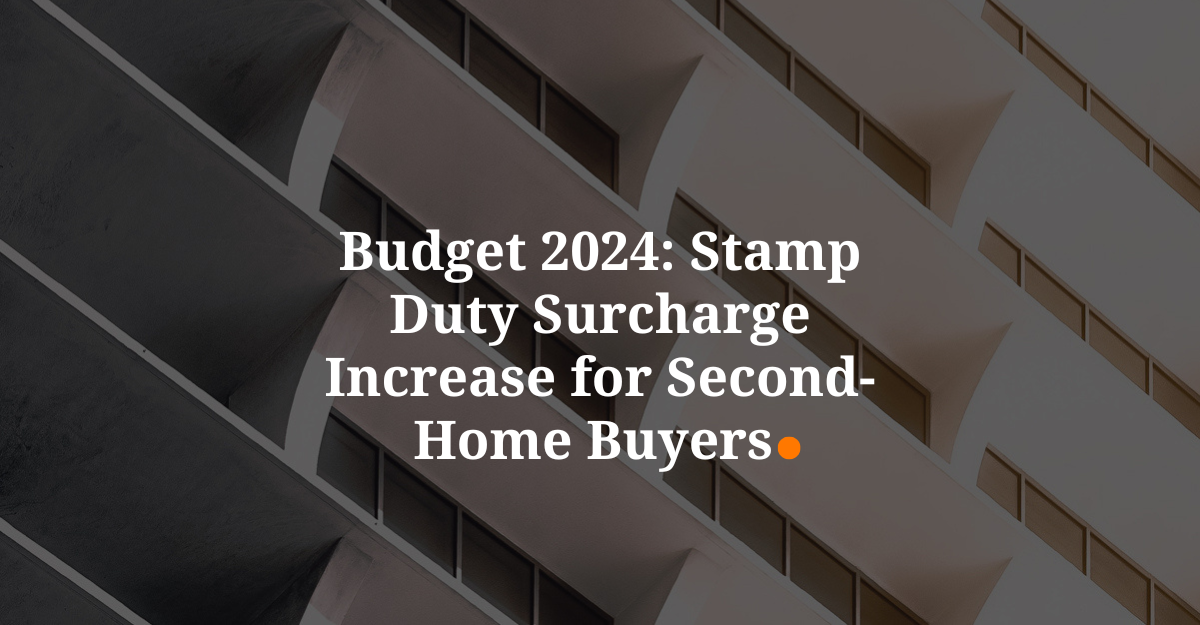(Previously published in Today’s Conveyancer)
How do you stay AML compliant?
We live in a world where due diligence has never been more important, the government and law enforcement agencies continue to crack down on those who break the law or fail to meet regulations, and the Financial Conduct Authority (FCA) has started to mount prosecutions on top of imposing regulatory penalties and civil fines against money-launderers. The Solicitors Regulation Authority (SRA) highlighted its proactive enforcement work in its anti-money laundering report and pledged to take robust action against firms failing in their regulatory responsibilities.
However, financial crime continues to be a major issue in the UK, with an estimated £88bn laundered each year. Every property lawyer knows that, with high transaction volumes and values, they are particularly vulnerable to the risk of money laundering or terrorist financing – not to mention the potential fallout from failure to comply with regulations.
So, what can we do to ensure that we maintain our ever-rising due diligence standards, and remain fully compliant?
Know Your Customer
There are a high number of risks associated with client onboarding, so knowing as much as possible about who you are onboarding is vital.
Having an up-to-date and effective ‘Know Your Customer’ (KYC) process is an essential part of any law firms’ ongoing risk management practice. For anyone without the latest KYC risk management training and process, there is always the deep concern that legal and reputational damage comes from gaps in the onboarding process.
So tracking the regulatory and industry changes and direction of travel for tightly managing client onboarding risks should be an integral part of every property professional’s operational plan. This ensures that the file opening procedure, as well as all ongoing risk assessments remains a fully managed responsibility for as long as any file is open.
Set up risk profiles
Setting up risk profiles allows you to set the parameters within which you segment potential clients according to their level of risk. Risk comes in many forms, and a risk assessment should be active and robust enough to flag up potential danger signs at the earliest stage to enable you to take appropriate action for your defined client groups.
One of the most effective ways to embed compliant, efficient, and standardised client onboarding risk management practice is by setting up client risk profiles across all your departments or offices, and ensure that staff are regularly and fully trained to be familiar with them all. You can achieve peace of mind with firm-wide consistency if all your staff work with the same profiles. A unified smooth process means you don’t lose time, or adopt unintended risks if a file changes hands during a transaction.
Ongoing due diligence is important because you remain responsible for that file throughout the transaction. If something changes, you must know in order to amend the risk profile or even reconsider the risk of completing the transaction without further due diligence.
Compliance is one of the most important challenges facing law firms. However, with the right approach, products, and guidance, it’s also one of the best opportunities to put in place a smooth, efficient, and consistent workflow for every transaction your firm takes on.
We’ve written ‘A Conveyancer’s Guide to AML Risk Assessment and Compliance’ to provide your firm with best practice guidance on AML risk assessment and compliance. You can download it here.



